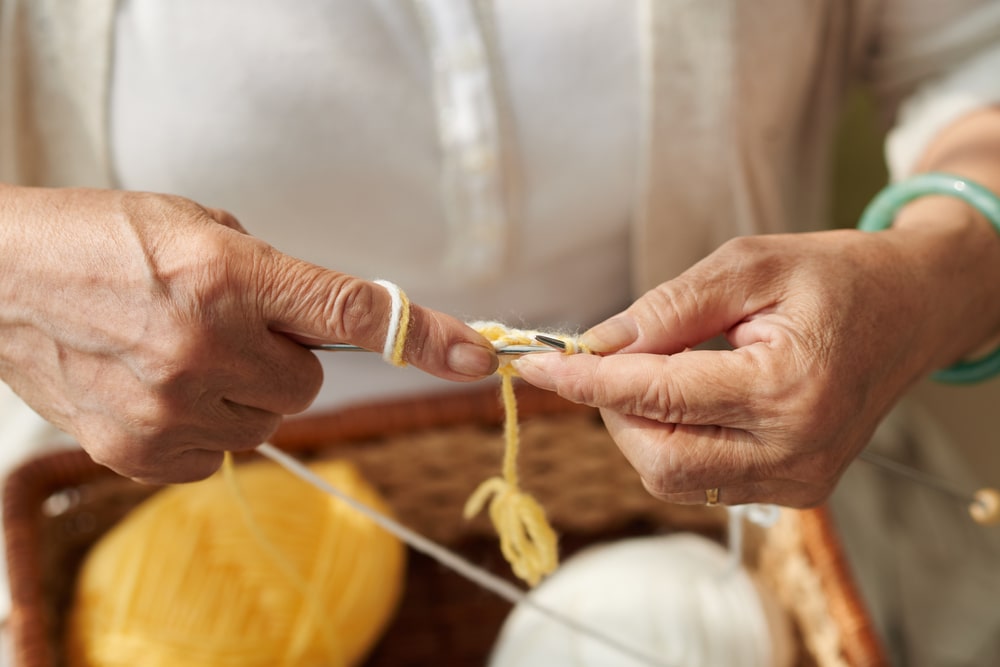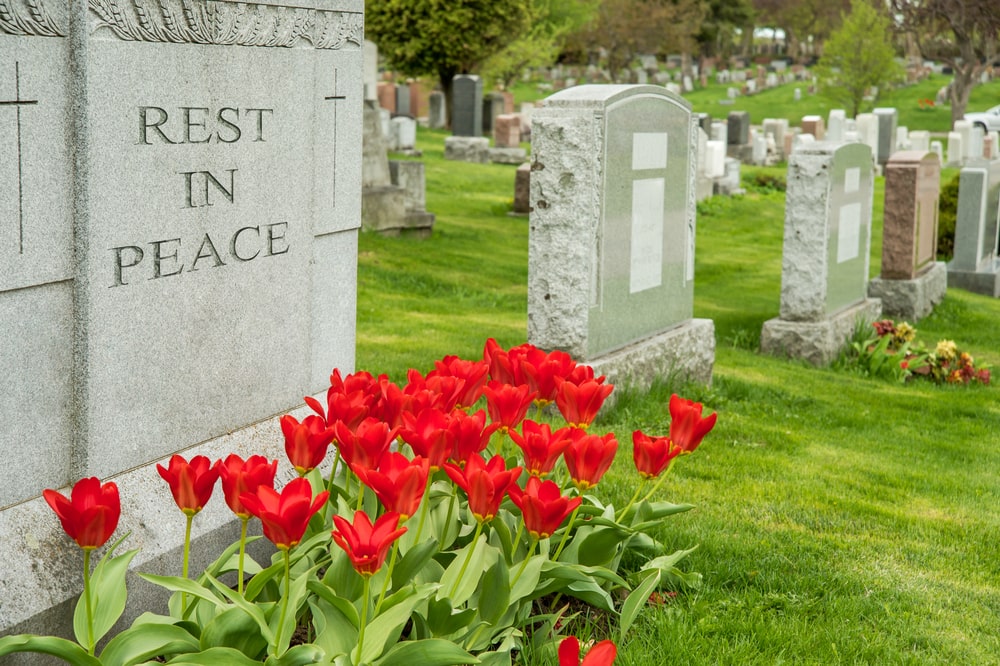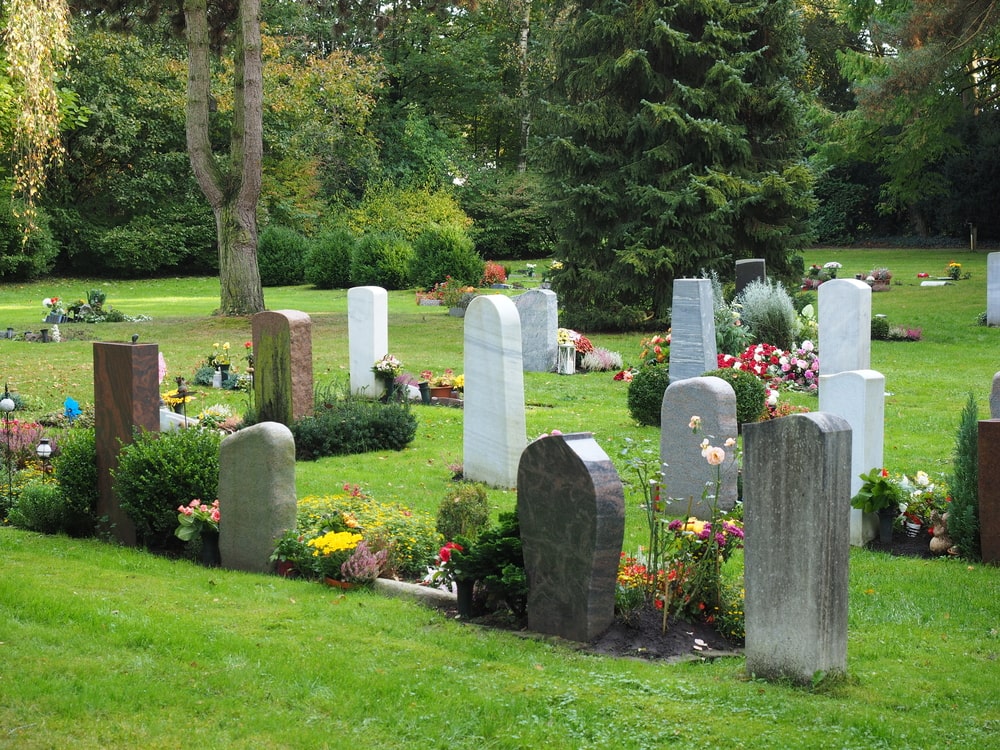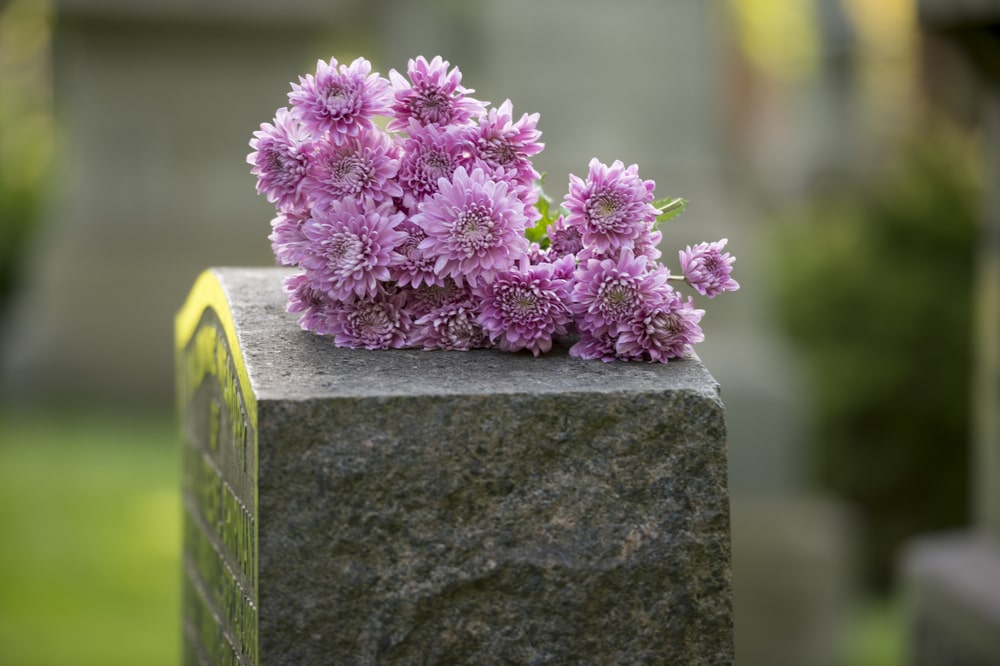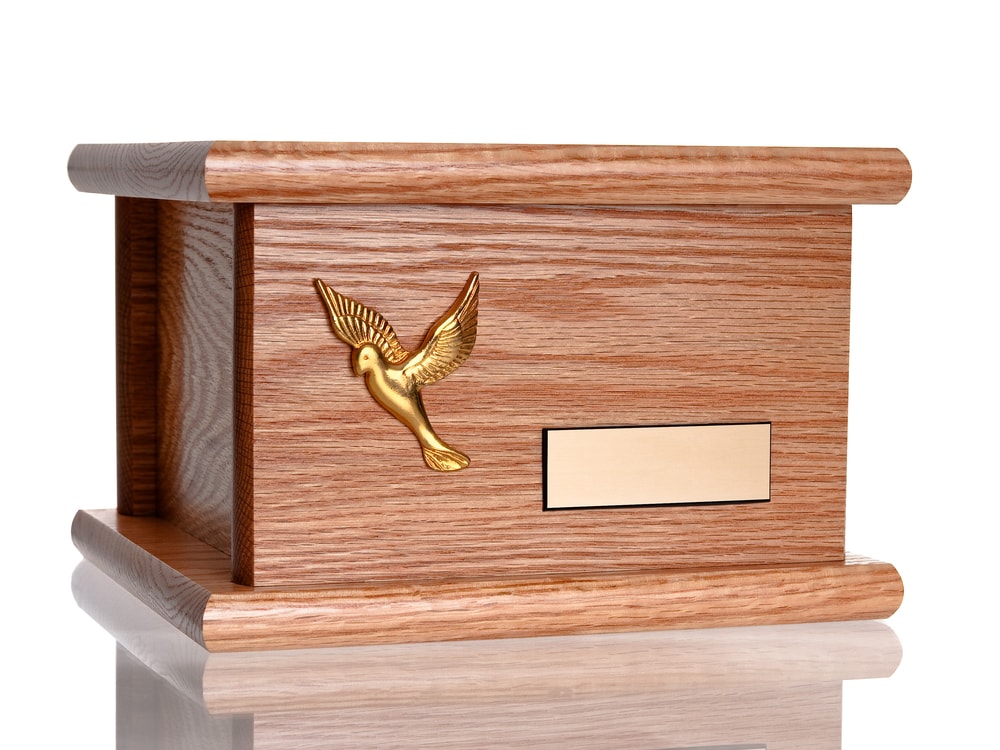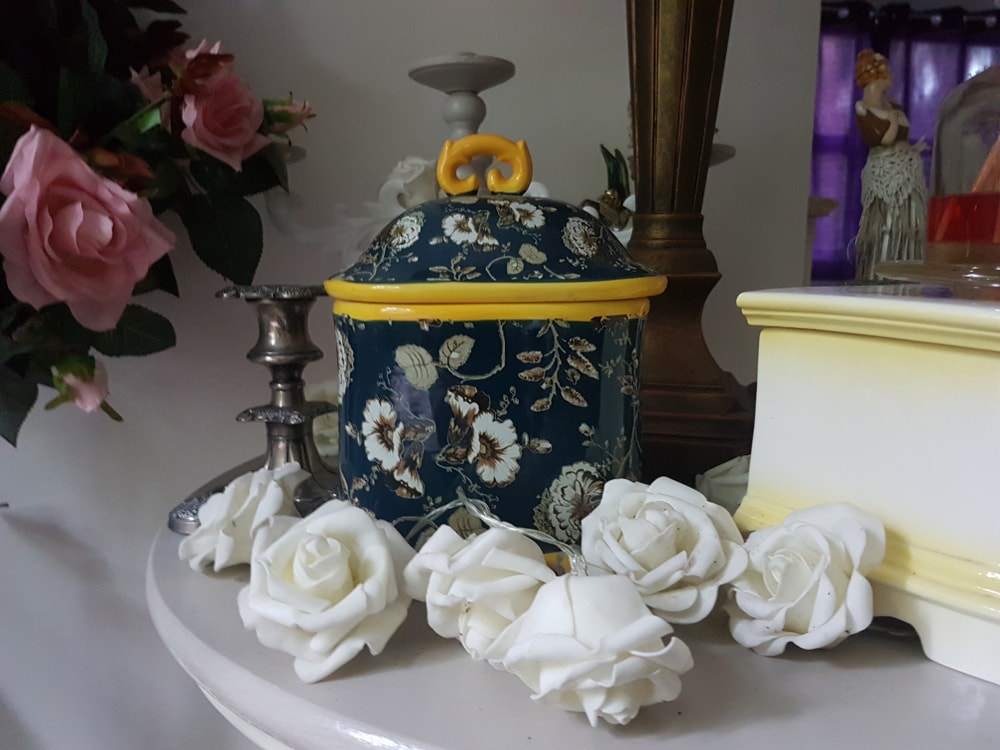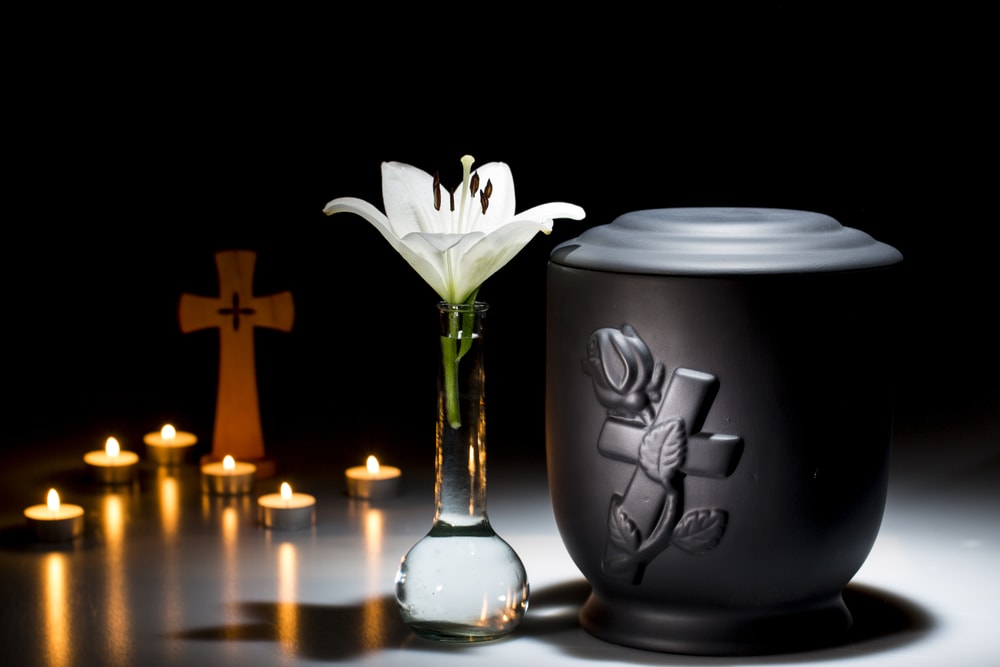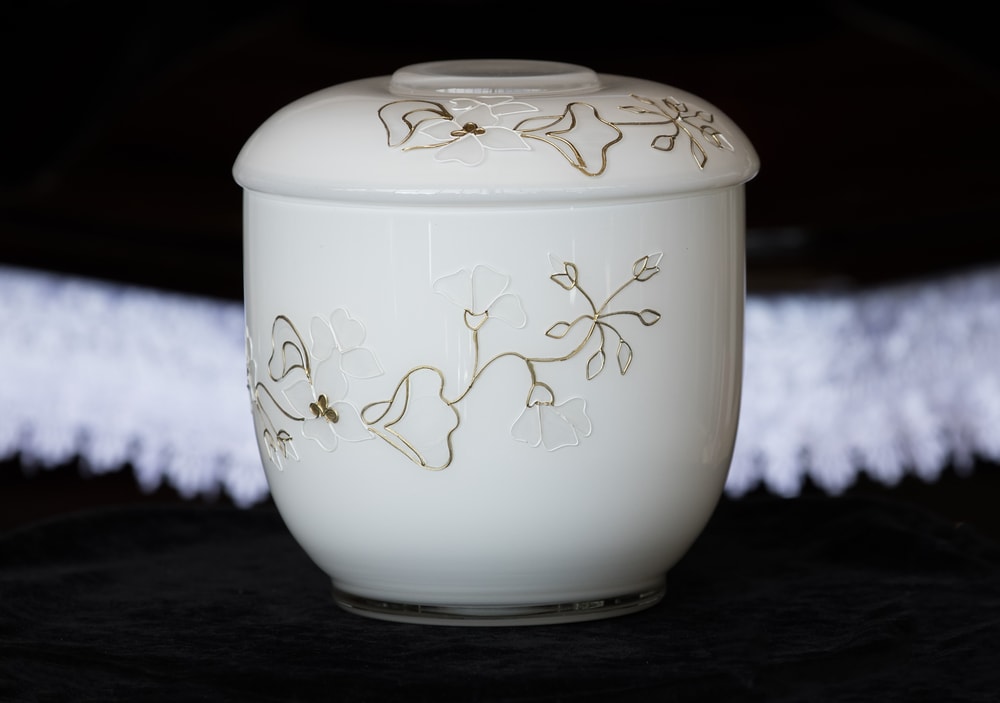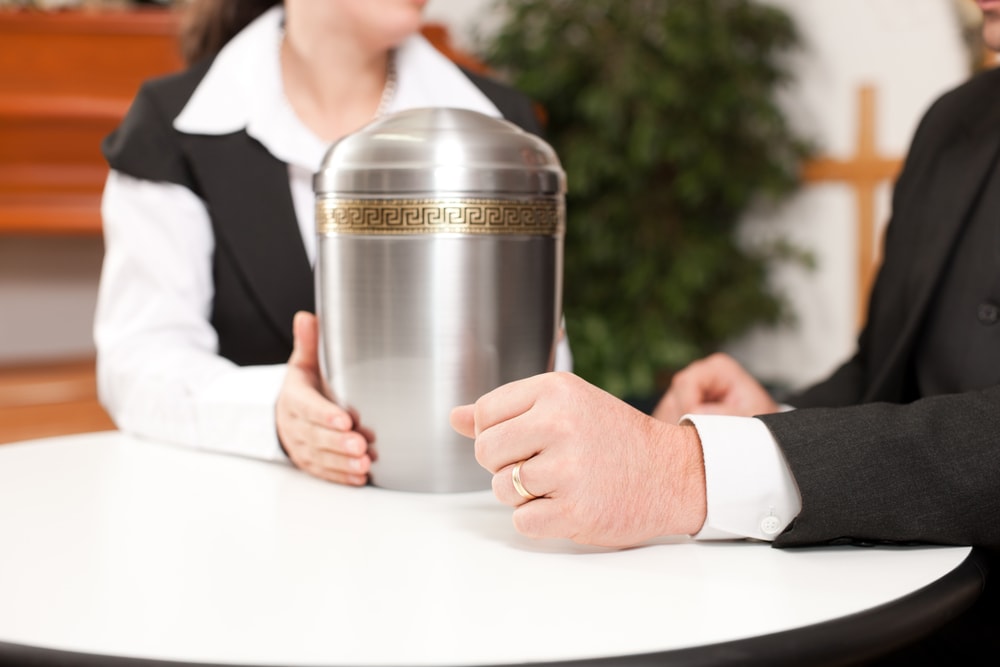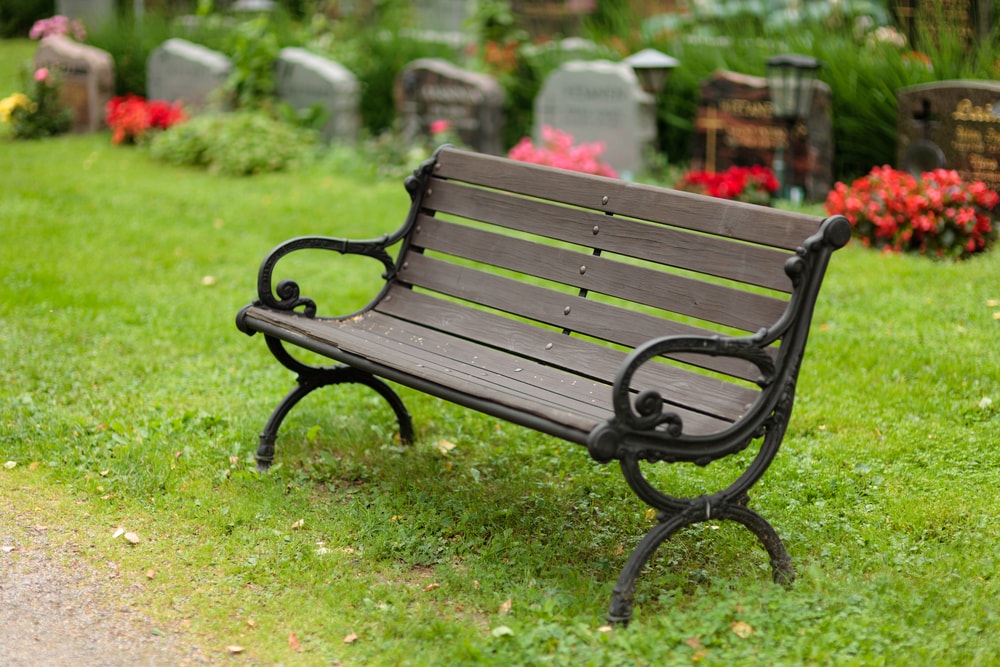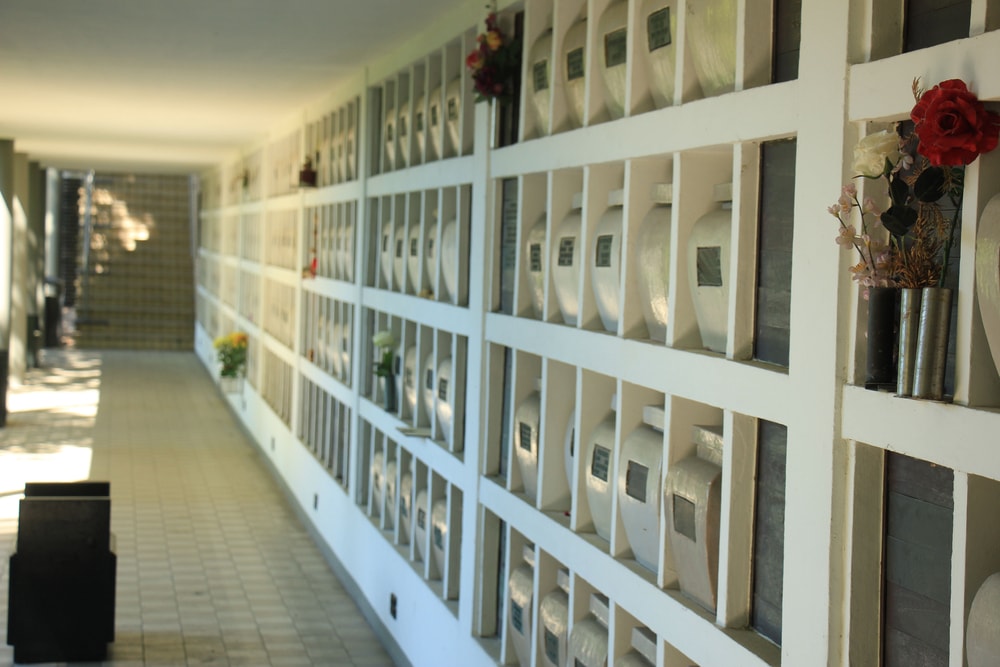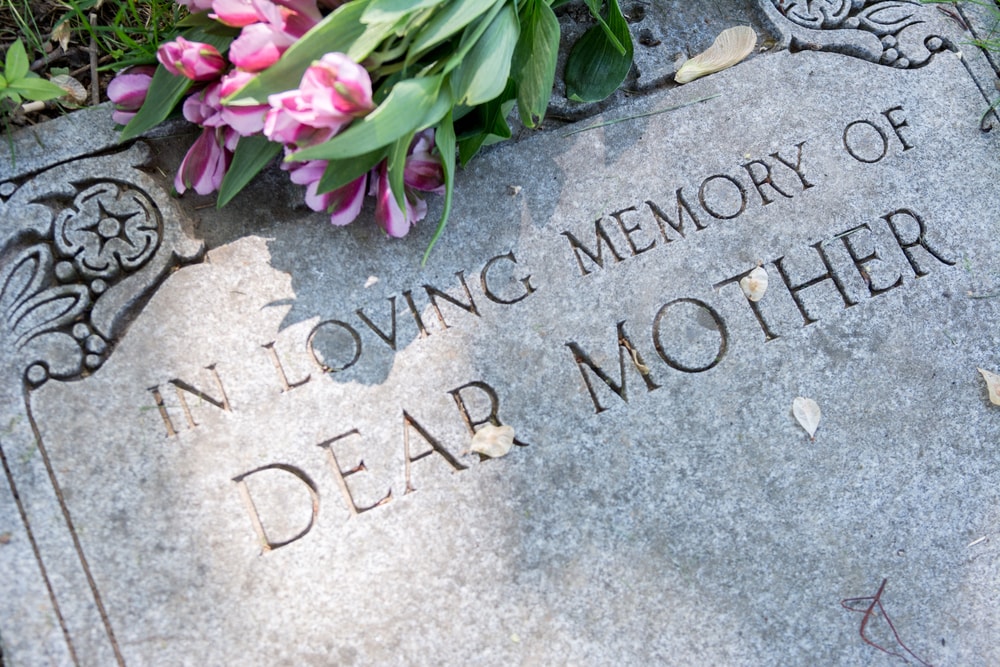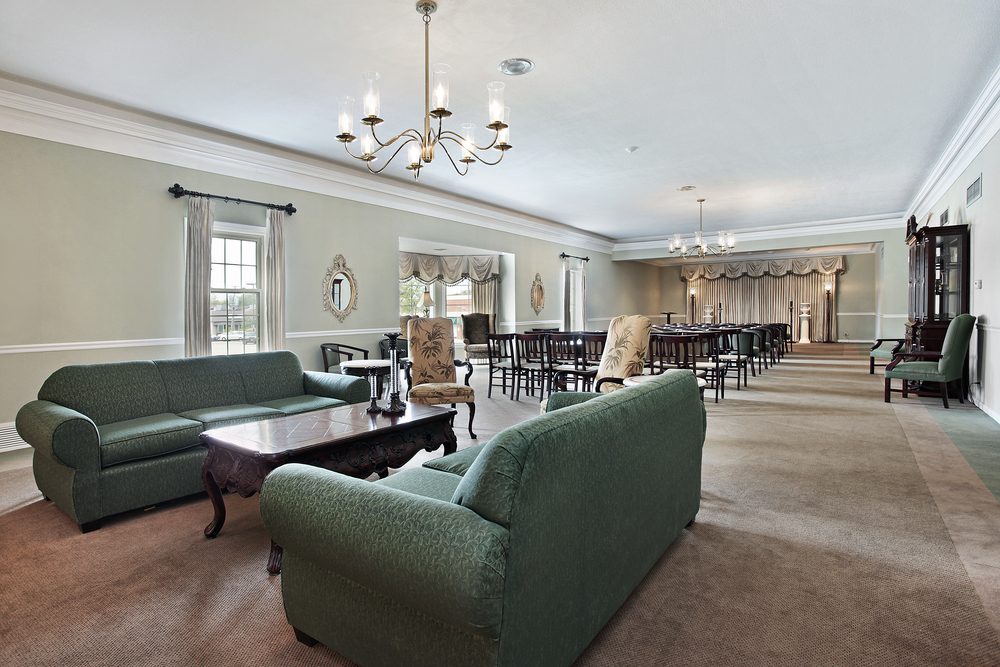
Life is busy, and many things demand your attention. In the midst of everything – daily chores, kids, work, friends, extracurricular activities – caring for an aging parent takes a special kind of grace. And when the need for long-term assistance becomes clear, things get even more complicated.
So, what if you could get one important task taken care of and off your plate? You can help your parents partner with a funeral professional to plan ahead for funeral, memorial, or cremation services in advance. By talking with your parents now, you can ensure that any decisions you make together are not clouded by grief and stress but are decided upon with a clear mind. While talking with your parents about their funeral wishes may not be something you’ve considered doing, there are several benefits to taking this important step.

How Planning Ahead Can Help Your Family Both Now and in the Future
1. Ensures that you know and can fulfill their wishes
More than anything, talking with your parents about preplanning will give you information you likely didn’t have before. For families who never discussed funeral wishes, uncertainty may linger. Did Mom want to be cremated? Would Dad have preferred this song over that song? Would they want an upright or flat headstone? So many questions come up during the funeral planning process, and if you already know your parent’s wishes, you can answer with confidence and ease.
2. Saves money and prevents a future financial burden
Most of the time, when people need to plan a funeral, it’s a first-time experience for them. Because of this, they don’t know the best ways to keep costs from ballooning. Sometimes, they end up with a pretty pricey funeral, which they pay for with a credit card or by dipping into savings. However, if you sit down with your parents and discuss exactly what their wishes are, your entire family could save a considerable amount of money by avoiding unnecessary spending.
Also, if your parents need to qualify for Medicaid coverage for long-term care, you may be trying to think of smart ways to help them spend down their assets. Burial plans can be set up as exempt assets so that they are not counted when applying for Medicaid coverage. This way, you are able to preserve some assets that your family will need one day. Click here for more information.

3. Provides peace of mind, knowing everything will be taken care of
Have you ever completed a big project and just felt a weight lift off your shoulders? That’s what it feels like when you finally take that step and plan ahead for funeral wishes. Not only does it bring you and your parents peace of mind, it can also bring comfort. You can rest easy, knowing that when the awful day comes that you lose one of your parents, the difficult decisions are already made. Instead of hammering out the details of a funeral, you can focus on being with your family.
4. Prevents possible family disagreements (due to differing opinions)
The loss of a loved one is a very emotional time, and if a family is torn about which options to choose, emotions can run high. Even when a general consensus is reached, family members can sometimes continue to feel anxiety, doubt, and regret about the decisions that were made and how they were made. However, if you sit down with your parents now to determine exactly what they want, everyone will experience greater peace in the future, knowing that their final wishes are honored.

5. Gives you time to create a meaningful and healing tribute, with both your own and your parents’ input
Dr. Alan Wolfelt, a nationally respected grief educator, says that the best funerals help us “remember and reconnect with what is most meaningful…strengthen bonds with family members and friends. [We] emerge changed, more authentic and purposeful. The best funerals remind us how we should live.” Taking the time to lovingly personalize a celebration of life will allow you and your parents to create something truly beautiful that reflects their lives, values, relationships, and ideals.
6. Allows you to consider all the options and make knowledgeable decisions
Funeral planning involves a lot of options, and without time constraints, you and your parents can make the most educated decisions for your personal needs. Burial or cremation? Funeral service with body present or memorial service? If cremated, should the cremated body be buried, scattered, or kept at home for a time? Will there be a permanent memorial? At present, you and your parents may not know the answers to these questions. Together, visit a reputable funeral home and get some answers.

7. Gives you more time together later
When we lose someone we love, the last thing we want to do is spend several hours at a funeral home making arrangements. But if there is a plan already in place that outlines your parent’s wishes for a final tribute, your family is able to spend more time together, offering comfort, support, and love to one another at a time when they need it most. You won’t need to make ALL the decisions when you just want to grieve. Instead, it can be as simple as selecting the day you want services to occur.
Next Steps
For an overview of how to get started, take a few moments to read How to Get Started with Funeral Planning. After that, it’s time to chat with your parents. The most important thing to remember is to keep the discussion open, to explain the benefits of planning ahead, and to pay attention to their feelings. If they seem stressed or anxious, let them have time to think about the idea, and bring it up again later. There’s no big rush if you begin the conversation while everyone is still healthy.

A Few Questions to Consider
When you get to the point where you are ready to plan, here are some questions to ask your parents. Finding a reputable and knowledgeable funeral home partner is the first step. Once you’ve found someone you trust, there will be questions to answer at a prearrangement conference (a meeting with a funeral service professional to discuss your wishes). The more answers you have prior to the meeting, the smoother and more quickly everything will go. Here are a few things to consider before speaking to a funeral professional:
- How would you like people to be notified of your passing? Newspaper obituaries? If so, which newspapers? Online obituary? Phone call?
- Do you prefer burial or cremation?
- Is there a certain place you’d like a funeral or memorial service to be held?
- If you prefer burial, where would you like to be buried?
- If you prefer cremation, how would you like your ashes to be honored?
- What meaningful elements should be included in the funeral or memorial service? Readings? Special music? Eulogy?
- Who should participate in the service? Pallbearers? Readers? Officiant?
- If buried, is there a particular set of clothing you’d like to be buried in?
- Do you want to include a gathering after the service for family and friends?
- If people want to give money in your memory, what charity/organization do you want to support?
- How do you plan to cover the cost of your funeral expenses?
Click here to download a Funeral Planning Checklist to help you as you plan with your parents. And don’t forget – the funeral professionals at your chosen funeral home are your best advocates and educators. They will discuss all the options available to you and help you make decisions that best meet your needs.


